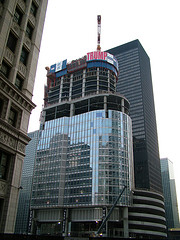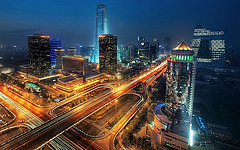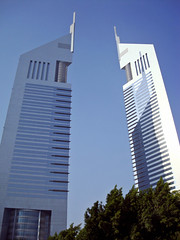When you start your property search, you will be amazed by the extra charges involved in buying a house or investing in property. There are two options: buying a ready-to-move-in property or an under-construction property. However, most people prefer to buy a ready-to-move-in property because it is less risky than an under-construction one. So, let’s assume that a property is coated at Rs. 3000 per square feet—this is its basic rate—but there are also other charges on top of that which people often fail to consider and which can be more than 40% to 50%. Let’s discuss all the additional charges so that you can make an informed decision about the total price of any given property before agreeing to purchase it.

Let’s look at an example:
Suppose a property’s basic price rate is Rs. 45 lakhs. When we make the final payment for this property, it will be around Rs. 58 – 67.5 lakhs—which includes the basic price of the property and the extra other charges when you buying a house. We will discuss all these charges in detail below:
First comes the basic charge. It is the charge excluding all the extra charges. Before RERA Act came into force, properties used to be sold on the super built-up areas; after the enactment of the RERA Act, properties are supposed to be sold based on the carpet area. For example, if the property has a carpet area of 1500 square feet and the rate per square feet is Rs. 3000, then its total basic cost would be Rs. 45 lakh. And this is just the basic cost; you will also have to pay multiple charges on it, as mentioned below.
PLC (PREFERENTIAL LOCATION CHARGES) –
Property taxes are charged according to the property’s location. Like; a corner flat, park-facing, sea-facing, lower floors, or higher floors. For example, sea-facing view residences have higher PLC charges than non-sea-facing. Therefore, if you own any such property there is a PLC charge coated. Generally, PLC charges are Rs 150-200 per square feet.
PARKING CHARGES –
When you purchase a property, you will pay a parking fee of 5-7% of the base price of the flat. For example, if you purchase a property for Rs. 45 lakhs, you will be charged Rs. 2 to 2.5 lakhs for the parking facility.
INFRASTRUCTURE DEVELOPMENT CHARGES (IDC) –
An infrastructure charge usually consists of complete internal infrastructure within a complex. For example, water and electricity supply, as well as sewage treatment plants may be charged separately. Developers usually charge these services together because it costs less to do so. However, if we add them together in one place according to IDC’s input-demand curve, there will be an IDC charge added at around 6% of the base price of the flat or house.
EXTERNAL DEVELOPMENT CHARGES (EDC) –
In some cities, there is also an external development charge. For example, in Gurgaon and Faridabad. This charge goes to the government and includes the infrastructure of a complex—for instance; road facilities, sewage, water, and electricity. The EDC charges are applied to all these expenses so it is approx. 5% of the base price of a flat. The total cost of IDC and EDC ranges from Rs. 300 to 400 per square foot.
CORPUS FUND/ IFMS –
Builders collect corpus funds, also called IFMS. It is interest-free maintenance security, similar to an emergency fund, and not like regular monthly maintenance. To purchase a property costing Rs. 45 lakhs, builders can collect from Rs. 50,000 to Rs. 1,00,000.
POWER BACK-UP –
The power backup charge is provided on an kWh-basis for each flat in the complex. Backup is available from 3KVA to 5KVA, ranging from 1 lakh to 1.5 lakhs.
AMENITIES AND CLUB CHARGE –
These charges apply to luxury flats with a clubhouse, swimming pool, and gym. The developer will charge you for these amenities at a lump sum of Rs. 50,000 to Rs. 1.5 lakhs.
STAMP DUTY AND REGISTRATION CHARGES –
In this case, stamp duty varies from state to state. So you must pay the stamp duty according to the state. Therefore, stamp duty and registration charges are 5-10% of the property value.
GST –
In an under-constructed property, both stamp duty and GST are levied where GST is 18% on ⅔ of the property cost. Therefore, the effective GST rate is 12%. It is the payable tax and added as a extra other charges before buying a house.
BROKERAGE –
Most resale property or ready-to-move-in property transactions are closed through a real estate agent or broker, who typically charges 1% to 2% of the property’s final value as a fee.


